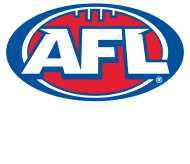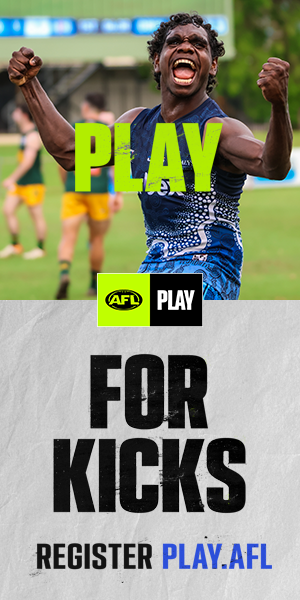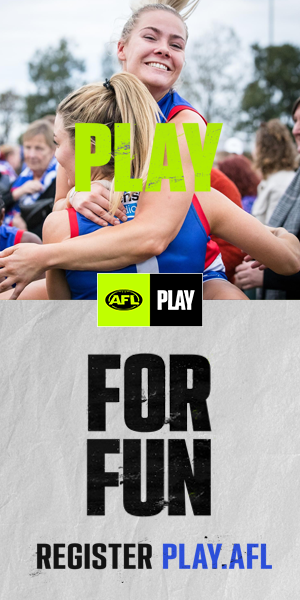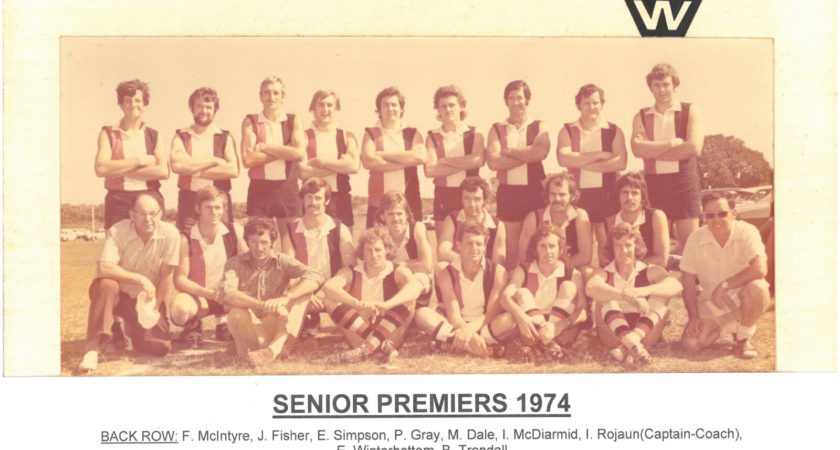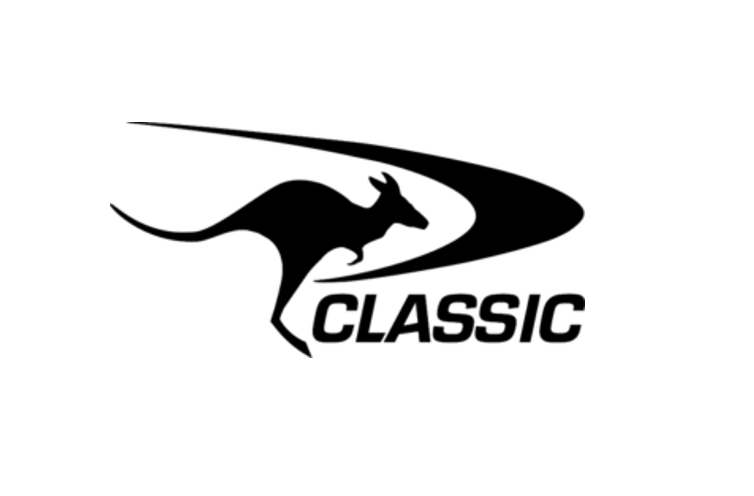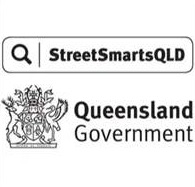The following is an excerpt from More of the Kangaroo: 150 Years of Australian Football in Queensland.
You can purchase your copy of the book here.
More of the Kangaroo will be officially launched on December 11 at Coorparoo AFC. Find out more information here.
Bundaberg-Wide Bay – the early years
In the late 1940s, the Australian National Football Council and the Queensland Australian National Football League undertook a concerted promotional effort in southern Queensland. In June of 1948, Brisbane’s top clubs, Windsor and Kedron, played in Gympie at Albert Park, the scene of the first matches in the Gold City some 65 years earlier. Other promotional matches were played in Bundaberg, on the Darling Downs, and the Sunshine Coast. The Maryborough Chronicle likened the thrust by Australian football to the recently finished war.
The war lords of two football codes have girded on their armour, assessed their “war” potential, made preliminary skirmishes, and set their plans for attack and counter-attack . . . if the ANFC strategy proceeds according to plan, we’ll see more and more of Rules during the next five years. High Command of the ANFC includes leading businessmen of the southern and western states. And they mean business this time . . . We are of the firm opinion that while partial success may be attained . . . there is extremely little likelihood of either code ever completely supplanting the other.
After the ANFC promotional push, Bundaberg formed senior teams and conducted a junior competition in 1948. At the conclusion of the season, Sandgate travelled north and defeated a local senior representative team by eight points. A team of schoolboys from Bundaberg also played in a curtain-raiser to a Footscray-Richmond match held in Brisbane.
In 1949, three clubs were formalised: Burnett, Red Rovers, and Carlton Colts. Bernie McDonald and George Stedman were two of the founders of the new Bundaberg league. Roley McDowell was named as the “skipper of the youthful Carlton Colts”. Twenty years later McDowell would become a key person in the regeneration and ongoing development of the code. McDowell’s father had played Australian football in Brisbane for Wynnum in the 1920s.
The new competition was thriving in 1949 and at the conclusion of the season Morningside travelled north to play the local representative team. After a promising beginning in 1950 the local press suddenly stopped reporting on the code, and there was no record of how the season concluded. The League seemed to be gathering momentum, and then it simply disappeared. Australian football in regional Queensland had faltered once again.
A decade later in 1959, Gil McNamee and others formed the Bundaberg Australian Football Association. The BAFA arranged for Brisbane clubs Coorparoo and Sandgate to travel north and reignite the code with an exhibition match. Queensland representative stars Dick Verdon and Tom Broadbent (Sandgate), along with Noel McGuinness and John Golding (Coorparoo), played in the match, which was held at Salter Oval. e News-Mail reported:
Played before a crowd of 3,200, most of whom had never seen an Australian football match before . . . the teams staged an action-packed game that had the crowd cheering and barracking wildly for the last two quarters . . . it took a half for them to understand the game . . . Sandgate official A.J. Simpson broadcast a running commentary and explanation of the game over the public address system.
The promotional efforts of 1959 again led to some junior football being played in the region, but rugby league was so popular it seemed that Australian football had little chance of getting o the ground in the sugar city of Bundaberg. e code went into hibernation for another decade.
In 1966, rugby league in the Bundaberg-Wide Bay region reached new heights when their representative team was crowned southern Queensland champions after a famous 50 to 18 victory over Ipswich at Salter Oval. However, Australian football was gaining increased media coverage and credibility in Brisbane, and there was also a steady flow of southern migration, particularly to Bundaberg and Hervey Bay.
Unlike most of the other leagues of Queensland, there were no locatable accounts of the origins of the Bundaberg and District Australian Football League when it formed sometime late in 1971. What is known is that Hartley Eales, Ian Fyfe, Jeff McColl and Roley McDowell formed the inaugural committee.
The “district” component of the League’s name came from the fact that the first club to form, the Burnett Heads Saints, was based at the seaside village sixteen kilometres from Bundaberg, at the mouth of the Burnett River. The founders of the League’s original club included Jack Norgate, Jeff Campbell, Graham Clark and Bob De La Rue.
The club founders in Bundaberg may have been a little confused, as the Burnett Heads Saints wore a South Melbourne guernsey, and their early rivals the Western Suburbs Bulldogs, wore a St Kilda guernsey. Wests’ founders included Ted Winterbottom (Yeronga, Coorparoo), Bill Jenkins and Dick Petersen.
The third club in the BDAFL, the Southern Suburbs Magpies, matched their colours with their traditional name, choosing Collingwood’s playing attire for their uniform. Souths’ key founder was Frank Coulthard.
The League’s fourth original club, Northern Suburbs, wore a sky-blue guernsey with a yellow sash, and called themselves the Kangaroos. Bob Neilsen, Ted Parker and Harry Akers were most active in getting the Roos hopping.
All four clubs also fielded a team in a junior grade in the inaugural 1972 season. In the Senior Grade, after an upset victory over Burnett Heads in the Preliminary Final, Norths continued to surprise as they claimed the first BDAFL premiership with a 49-point Grand Final victory over Souths.
In 1973 a new team called Rosedale was formed, but within a few weeks they had merged with the Roos and were playing as Rosedale-Norths. That name only lasted a further few weeks before they reverted to being called Norths.
The following two BDAFL ags went the way of Wests with emphatic victories in 1973 over Burnett Heads (78 points) and 1974 over Souths (102 points). The Bulldogs were coached by Ivan Rohjan (Sandgate) and their best players included Mel McRae, centre half-back Peter Gray, their goal sneak Jim Anderson and ruck rovers John Bigg and Dave Slaughter. Rohjan had played for Sandgate in the 1959 exhibition match at Salter Oval.
Venues for games during the 1970s included the Bundaberg Showgrounds and a small ground at Burnett Heads, but the majority of home-and- away matches were held at Kendall Flats in Central Bundaberg.
You can purchase your copy of the book here.
At over 1100 pages, More of the Kangaroo is a comprehensive history and cover the trajectory of the code throughout the state. It will include over 500 images and reveal facts about the evolution of the code at local level that are little known secretes in contemporary times.
